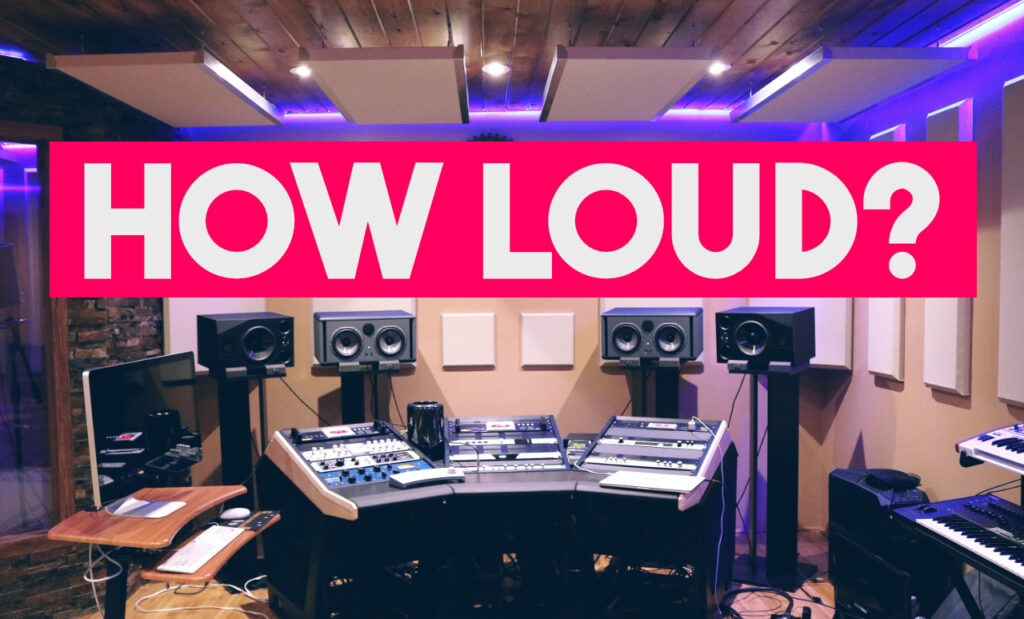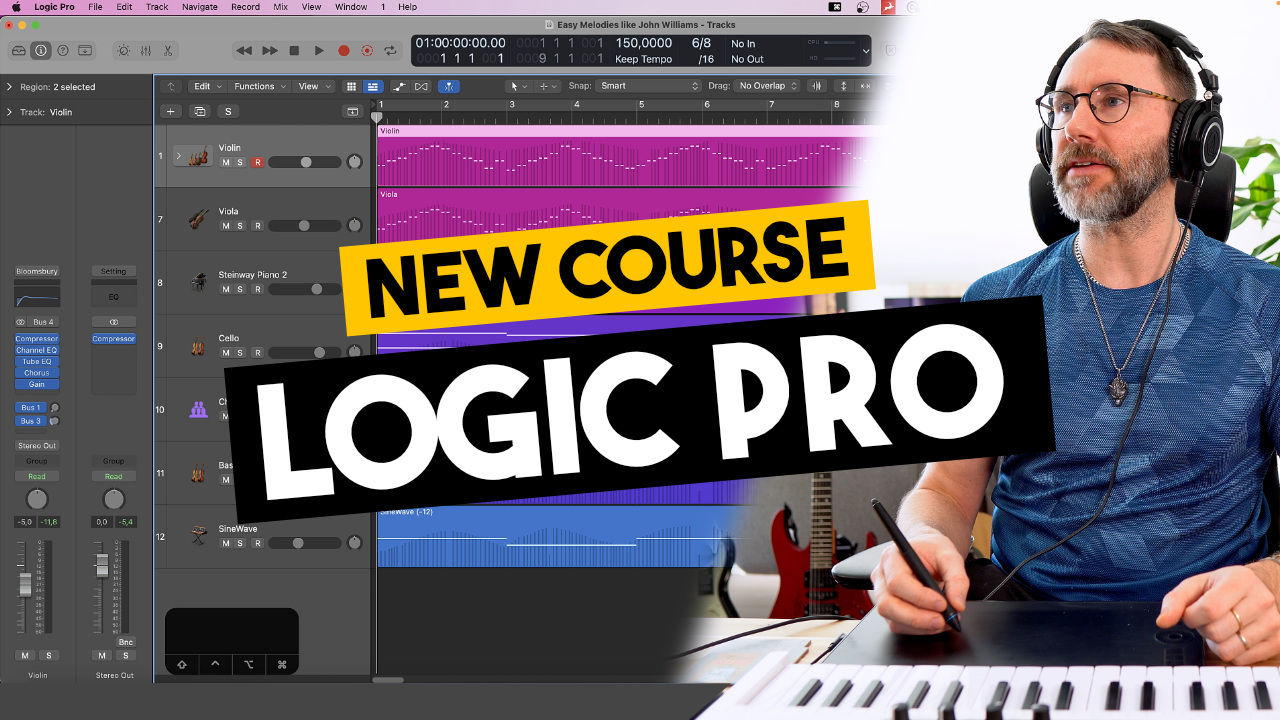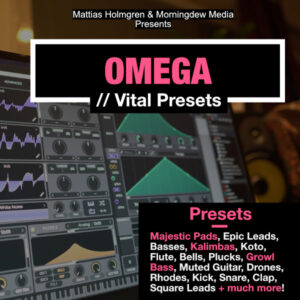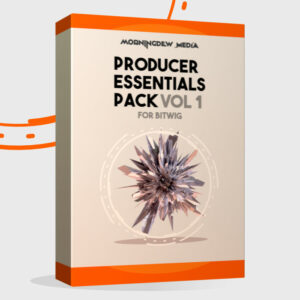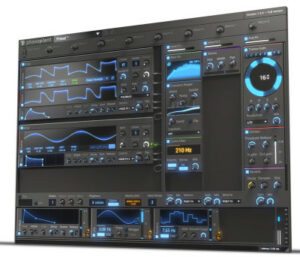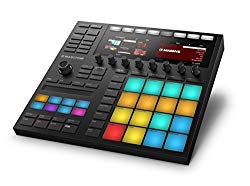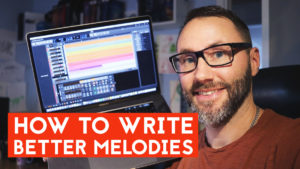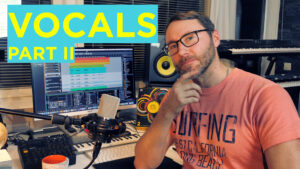Why is it bad practise to mix at high volume? Stop mixing with loud volume today and watch this episode to learn more!
Should you mix at high volume?
The short answer is: NO, at least not at an early mixing stage. But we need to dig deeper into the details why mixing at high volume overall is really bad practise.
One of the most common mixing mistake you can do is to start a mixing session with the volume cranked up high. Of course we’re eager to hear our song blasting at full volume in all it’s glory. We’re so keen on what the final master will feel like when we play the track to our friends.
Why is mixing at high volume bad?
1. Ear fatigue due to listening at high volume output
The most obvious reason is that listening at high volumes for longer periods will cause ear fatigue / listening fatigue. When ear fatigue strikes you will not be able to make good mixing decisions. Your judgement will be gone and you will need to come back another day and continue the mixing session.
If you are listening to very high volume levels ear fatigue can strike pretty fast, so be aware and never start your mixing sessions at high volume levels.
2. Balancing track levels at high volumes is much harder
Trying to find the right balance / audio level between the tracks of your song will be much harder when listening at high volume. If you reduce the volume to a more quiet level your ears will not be stressed by the high volume and can focus more clearly and identify the track levels more accurately.
If your working on a new song mix, reduce the volume drastically. Now, did you notice that some sounds “poke out” (are too loud) in your mix.
OK, good!
Now you can clearly see (I mean hear) how much easier it is to identify audio level problems between tracks when mixing at low volume.
So is it all bad mixing at high volume?
Not at all, of course you will need to adjust the volume from time to time to get a good perception on how it will sound when it’s cranked. But overall it’s not good practise to mix with high volume throughout the whole mixing session, especially when setting the track levels (see above).
What is the industry standard mixing level?
85 dB SPL is an industry standard in calibrating professional studio monitor levels.
BUT, mixing at 85 dB in a small bedroom is ludicrous, at these levels you will be messing up the room acoustics and risk ear fatigue on top of that. A more realistic level in a home studios and small rooms is around 65 dB SPL – 79 dB SPL. This will reduce (but not eliminate) room interference, your ears will stay healthy and your neighbours might not come barking.
Continue and learn more about mixing and gain staging in this other article I did on mixing!
